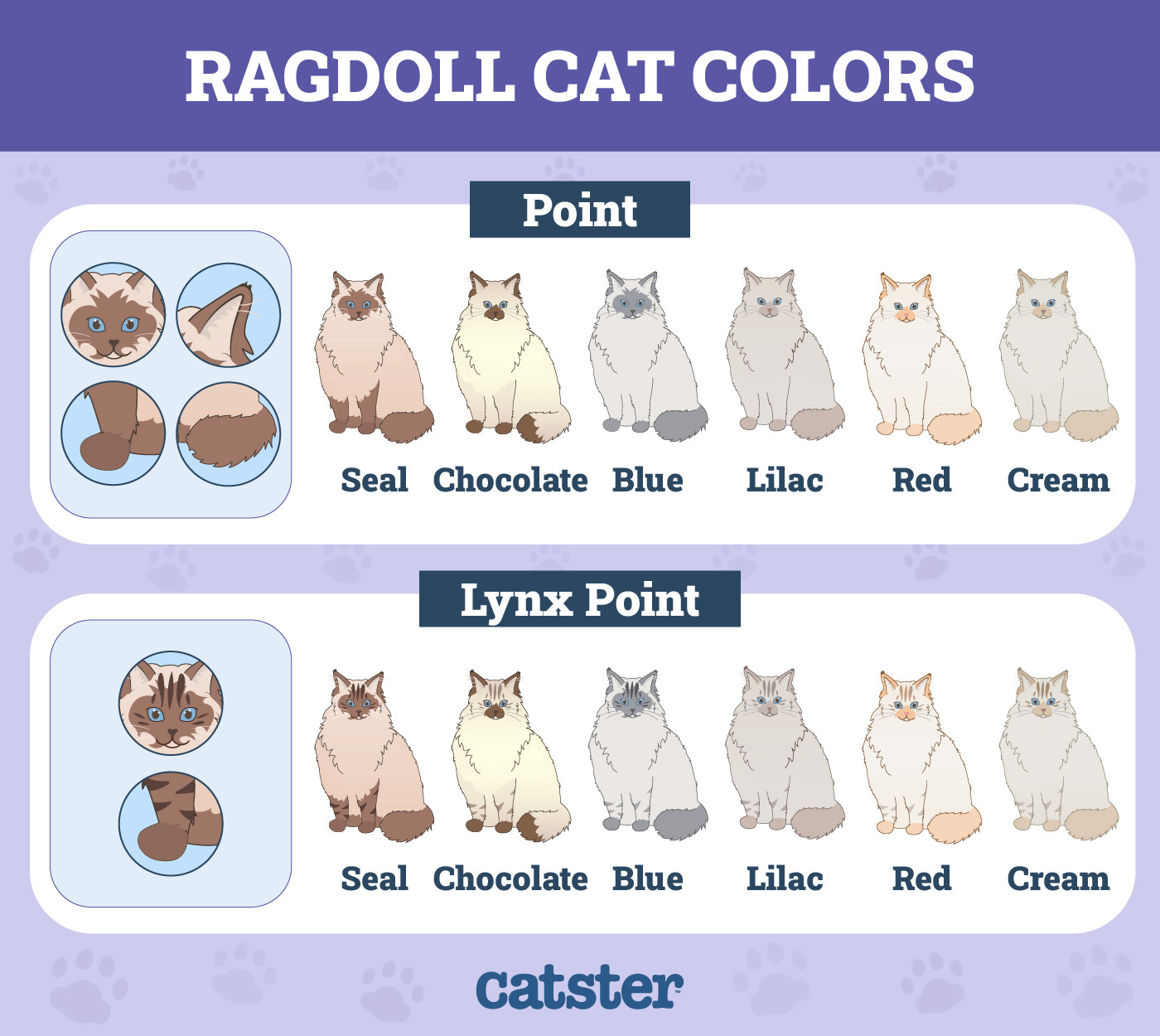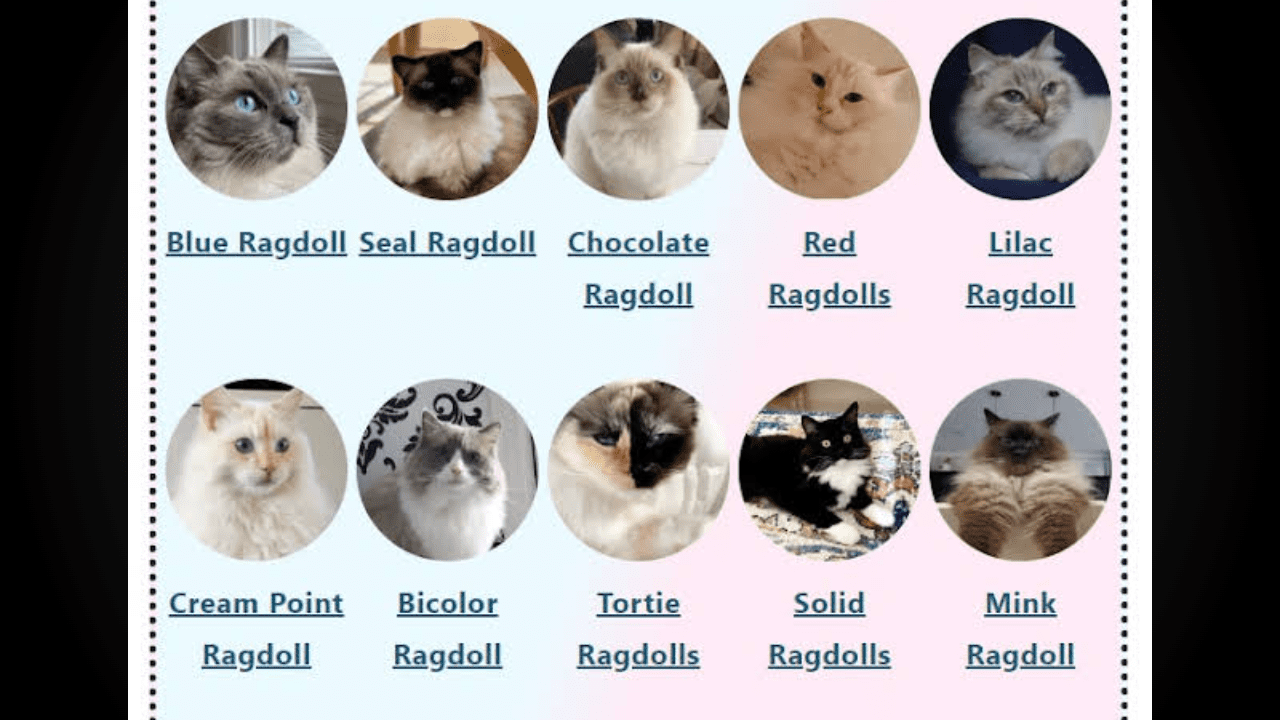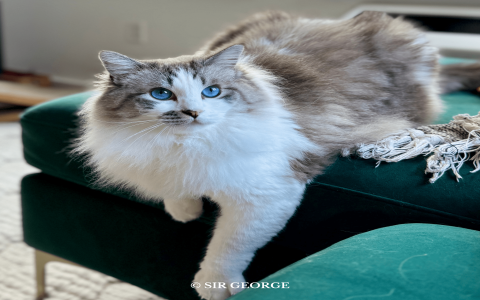So, I got into Ragdolls a while back. Beautiful cats, right? Floppy, friendly, the whole deal. But then I started noticing something – they weren’t all the same. I mean, beyond just being, y’know, cats. The colors and the way the colors were splashed on them, it was a whole thing. And folks were throwing around terms like “seal mitted” or “blue bicolor,” and I was just nodding along, pretending I knew what was up.
Honestly, for a bit, I just thought, “Okay, some are darker, some are lighter, some have white bits.” Simple. But the more I looked, the more I realized there was a system to it. It wasn’t just random. That got me curious. I didn’t go out and buy textbooks or anything, no way. I’m more of a learn-by-looking, figure-it-out-as-I-go kind of person. So, I started really looking at Ragdoll pictures, like, hundreds of them. And talking to breeders, the ones who weren’t too snooty about it.

Figuring Out The Basic Colors
First, I tackled the base colors. This was my starting point. I had to get this straight before anything else made sense.
- Seal: This was the easiest for me. It’s that classic dark brown, like a Hershey’s chocolate bar but, you know, on the cat’s points – ears, mask, legs, tail.
- Blue: Okay, this one threw me at first. I was expecting, like, sky blue. Nah. It’s more of a cool, slate grey. Think of a seal point, but diluted, softer. Once I got that, it clicked.
- Chocolate: This is a lighter, warmer brown than seal. More like milk chocolate. It took me a while to reliably tell chocolate from seal in photos, especially with bad lighting. Had to see a few side-by-side in real life.
- Lilac: This is the diluted version of chocolate. It’s a very pale, almost pinkish-grey. Super delicate looking. Probably my favorite, if I had to pick.
- Red: Also called “flame point.” This is pretty straightforward – orangey-red points.
- Cream: The diluted version of red. Very pale, buff-colored points.
So, I spent a good while just drilling these into my head. Every Ragdoll I saw, I’d try to peg the color first. Seal? Blue? Okay, got it.
Then Came The Patterns… Oh Boy
Just when I thought I was getting a handle on things with the colors, the patterns came along to scramble my brain again. But again, I just kept looking and eventually, it sorted itself out.
- Colorpoint: This was the “basic” pattern in my head. The body is a lighter color, and the points (ears, mask, feet, tail) are the darker, defined color. No white on these guys. Simple enough.
- Mitted: Okay, this one’s cute. They look like they’re wearing little white mittens on their front paws, and white “boots” on their back legs. They also get a white chin and a white stripe that can run down their belly. This was the first pattern I could consistently spot. Those little white paws are a dead giveaway.
- Bicolor: This one took me the longest to nail down. They have that inverted “V” on their face in white, which is pretty key. Their chest, belly, and all four legs are usually white. The color is on their ears, the outer part of their mask (outside the V), and their tail, plus sometimes patches on their back. For a while, I kept mixing them up with mitteds if I didn’t see the face clearly.
And Just When I Thought I Was Done…
Then people started talking about Lynx and Tortie. Ugh. More stuff.
Lynx: Basically, stripes! Tabby markings on the points. So you could have a seal lynx point, or a blue mitted lynx. The stripes are most obvious on the legs and face. It adds another layer, but once you see it, you can’t unsee it. I actually think it looks pretty cool, gives them a bit of a wild look.
Tortie: This is when you get patches of red (or cream, its dilute version) mixed in with one of the base colors like seal or blue. So you might have a seal-tortie, with patches of seal and red on the points. It’s a bit more chaotic, but definitely striking. They say only females can be true torties mostly, something about genetics. Didn’t dig too deep into that, just learned to spot the mottled look.
Putting It All Together
So, the real game became combining all these things. A cat isn’t just “blue.” It could be a Blue Colorpoint. Or a Seal Mitted Lynx. Or a Chocolate Tortie Bicolor. It sounds like a mouthful, but once I broke it down into [Color] [Pattern] [Optional: Lynx/Tortie], it started to make sense. I’d look at a cat and mentally check off the boxes:

1. What’s the main point color? (Seal, Blue, etc.)
2. What’s the pattern of white, if any? (Colorpoint, Mitted, Bicolor)
3. Are there stripes on the points? (Lynx)
4. Are there patches of red/cream mixed in? (Tortie)
It took time, a lot of just staring at cats, and probably annoying a few people with questions. But eventually, it clicked. Now when I see a Ragdoll, I can usually figure out its classification pretty quick. It’s kinda satisfying, like solving a little puzzle. And it definitely makes me appreciate the variety in this breed even more. No fancy degrees needed, just a bit of patience and a lot of cat pictures!






